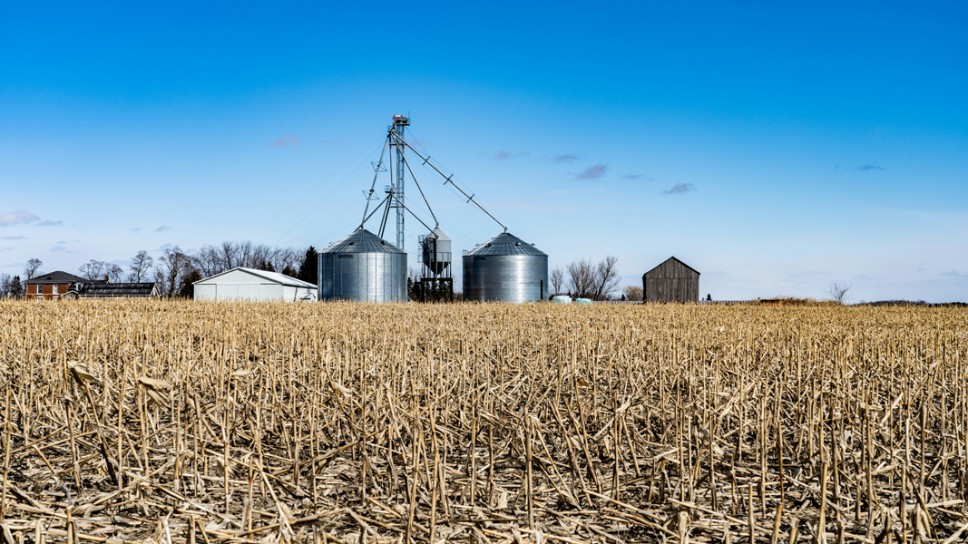
A potential solution to reducing emissions from the agrifood industry is solar energy – but are low-temperature solar thermal systems viable?
Researchers at the Polytechnic University of Madrid (UPM) have been working on the demonstration of the potential of low-temperature solar thermal systems in the reduction of emissions.
The team of researchers analysed close to 1.3 million agri-food related cases, taking into consideration of wide range of consumption patterns, economic variables and locations. On average, annual savings of 200 kWh/m² (irregular patterns) and 900 kWh/m² (regular pattern) per collector could be achieved. Peaks also reached 1400 kWh/m² in favourable scenarios.
Consumption patterns for solar thermal systems had a significant impact on viability and profitability. Indeed, consumption patterns for a single day were unfavourable, but use of solar thermal systems for three (non-consecutive) days in a week increased viability, with payback being reduced by more than 30 % (relative to normal regular Monday through Friday demand).
For more information on viability of solar thermal systems, and what it means for the agrifood industry, read on in the article below (in Spanish).

